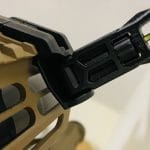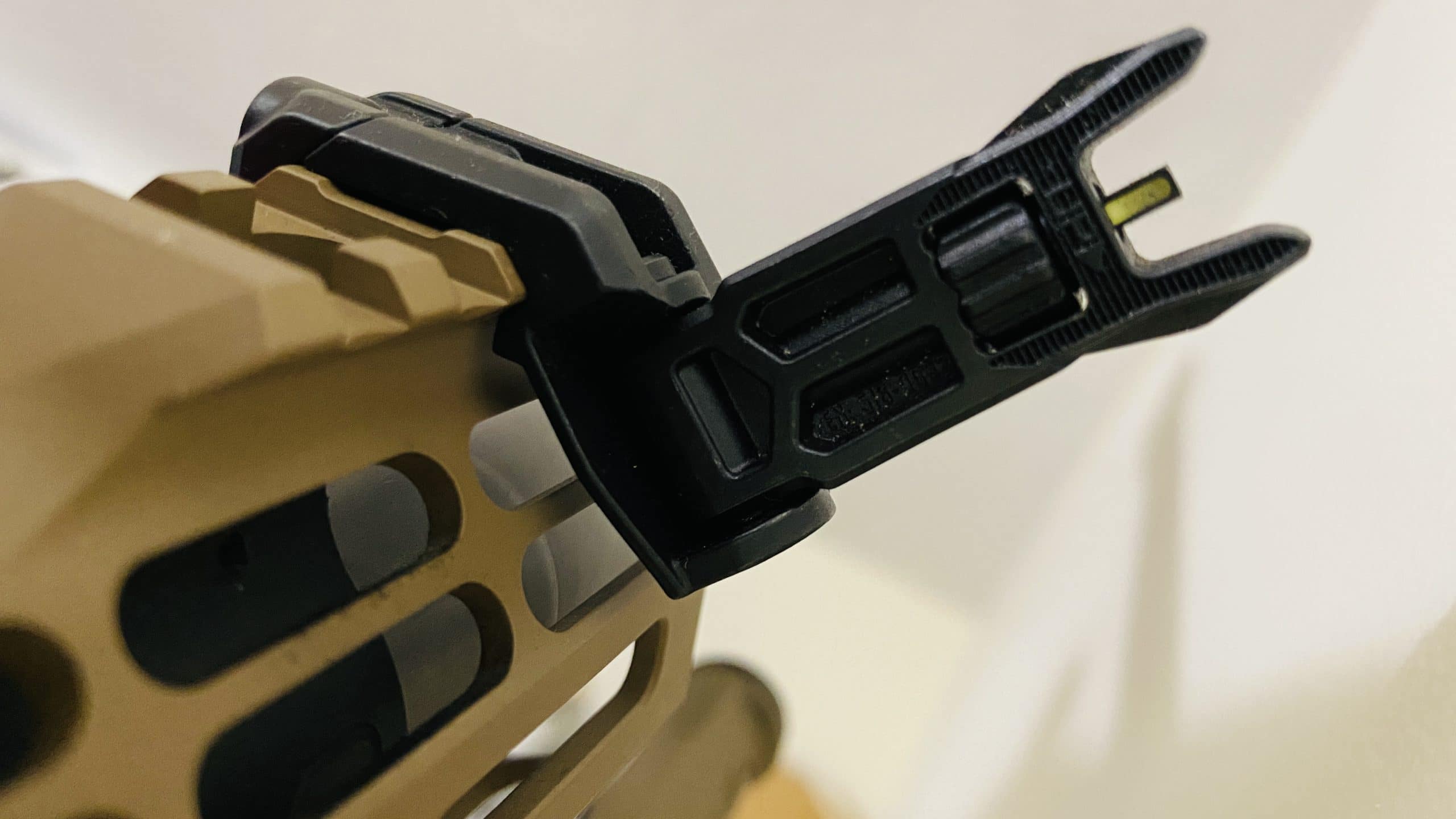

Few topics spark more passionate discussion at ranges, classes, or online than the question of optics vs iron sights. One side holds that “real shooters use irons,” valuing traditional marksmanship skill, mechanical simplicity, and durability. The other side insists that red dots and modern optics are the future, offering faster target acquisition, improved low-light capability, and better performance under stress.
Both perspectives have valid points. The right choice depends on skill level, intended use, environment, and training priorities. This professional comparison breaks down how each sighting system works, the advantages and tradeoffs of each, and how to choose the appropriate configuration for your setup.
Iron sights use a rear notch or aperture and a front post to align the shooter’s eye with the target. They are mechanical, require no power source, and have existed for centuries. On most modern platforms they are either adjustable or fixed, and many fold or mount on accessory rails.
Optics use glass lenses to project or magnify a visual aiming point. For this comparison, the most relevant examples are:
These systems differ in complexity, durability, and training requirements but share the same purpose: faster and more precise sight alignment.
| Position | Underlying Belief | Primary Argument |
|---|---|---|
| “Real shooters use irons.” | Fundamental skill matters more than equipment. | If you can’t shoot well with irons, optics won’t “fix” your fundamentals. |
| “Red dots are the future.” | Technology increases performance when skill is equal. | Modern optics allow faster and more intuitive aiming under stress. |
Both beliefs are true — and understanding how they coexist is key to making the right choice.
Iron sights require the shooter to align three focal planes: rear sight, front sight, and the target. This takes time and training. With proper technique, shooters can achieve accurate, repeatable shot placement. However, acquiring the sight picture under stress, poor lighting, or while moving can be slower.
A red dot optic simplifies sight picture to one focal plane: the shooter simply places the dot on the target and presses the trigger. This allows for faster target transitions and quicker initial sight acquisition, especially when time or visual clarity is limited.
Bottom line: Optics are generally faster, especially in dynamic environments or when shooting on the move.
At short to moderate distances, iron sights can be extremely precise when used correctly. However, they rely heavily on the shooter’s ability to maintain consistent sight alignment, especially as distance increases. Small visual alignment errors are magnified over longer ranges.
Optics reduce the visual alignment burden and allow:
At longer distances, an LPVO or magnified system provides a dramatic precision advantage.
For this reason, many professionals pair a red dot with backup iron sights (BUIS).
Most real-world encounters — defensive or hunting — happen in reduced light.
In low-light environments, red dots provide a clear advantage.
This is where the debate gets philosophical.
The best approach is not either/or — but both in sequence:
Most experienced shooters use both.
This configuration blends: speed + precision + redundancy + preparedness.
Iron sights remain essential for teaching marksmanship and ensuring a reliable aiming method in adverse conditions. Modern optics provide a measurable performance advantage in speed and target acquisition, particularly under stress or reduced lighting. The two systems are not rivals — they are complementary tools.
The mature shooter trains with irons, uses optics for performance, and keeps both available.
Always follow safe handling and local laws regarding sighting system installation and use.